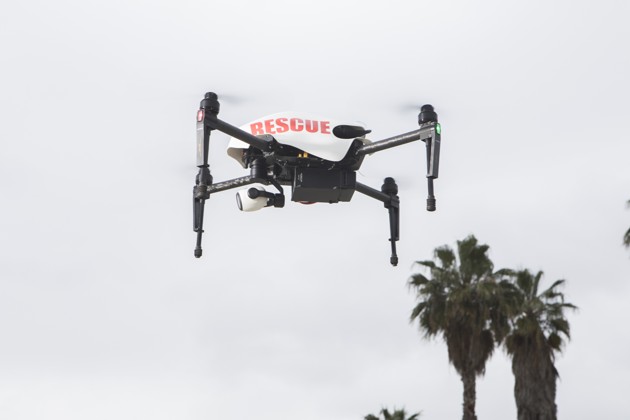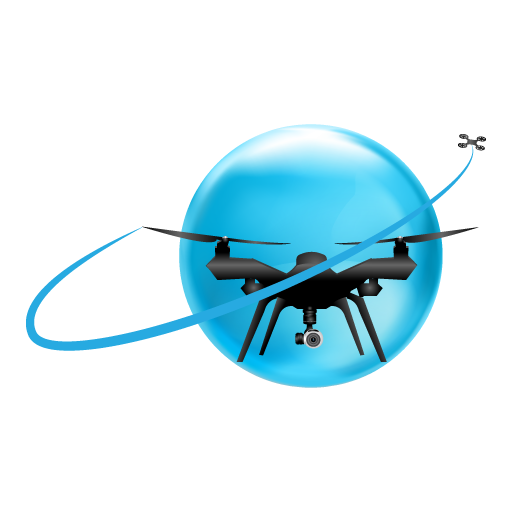Will people accept these aerial officers with drones come in peace? A member of the Los Angeles County Sheriff’s Bomb Squad stood alongside us, watching the scene from a secure space behind a concrete wall. If you do not know what is in the smoke, his colleague had explained to me earlier, then you do not necessarily need to approach with a human-response team. Instead, situations like this are fantastic for a drone.

The aircraft’s four rotors abruptly whirred as it banked to the right to present its distant operator a better perspective. The brightly colored smoke was spreading. I’d been invited to see a test run of this L.A. County Sheriff’s Department’s recent purchase, a quadcopter drone that was in service for a bit more than a year. The Sheriff’s Department made the decision deliberately, to provide the potentially threatening technologies a Pixar-like approachability.
In a time when police SWAT teams are known for training videos soundtracked by death metal, seeing an aircraft like this buzzing outside your apartment window may not immediately inspire dread. Somewhere between struggle and flight, I understood, there was a completely different kind of response: As soon as I saw this charismatic machine being prepped for takeoff, I took out my phone and snapped a picture. My guide for the day could be Commander Jack Ewell in the L.A. County Sheriff’s Department’s Special Operations Division. Ewell’s short-cropped, graying hair and vertical physical posture gave him a military atmosphere. Before the morning’s training simulation kicked off, Ewell and I talked at length about the section’s drone application –though Ewell was careful to not use the term drone. It’s an Unmanned Aerial System, ” he insisted, or U.A.S. to refer to its occasional setup as a regular program would be a journalistic overstatement, he cautioned.
The section has–for now–just 1 drone. Over the course approximately a million service calls in 2017, Ewell said, the part used that drone times. And from almost 10,000 sworn deputies, the largest sheriff’s department in the USA, a mere eight officers are drone pilots licensed by the Federal Aviation Administration.
As we talked, Ewell clarified how restricted the sheriffs’ usage of this UAS was, possibly nervous that I would overstate the machine’s planned deployment. “Our policy is extremely strict on as it can be utilized,” he said. “It is strictly a security device–it is a camera in a secure position where a person does not need to be.” He proceeded to list the possible situations where the drone has, up to now, been approved:”Search and rescue, explosive-ordnance detection missions, armed barricaded suspects, hostage situations, active shooters, hazardous material incidents, along with other risky tactical operations.”The police currently don’t have any plans to expand this list, he included, or to give into so-called mission creep, allowing the system to be set up for more ethically dubious, or constitutionally questionable, purposes. The warrantless aerial monitoring of suspects throughout the county? Not got occur. For the time being, he alleged, that the sheriff’s department doesn’t record real-time video footage created by the aircraft; that footage is only watched live on a remote monitor before being dropped to electronic history.
Since the department’s L.A. training yard cleared of smoke, our simulated hazardous-waste spill now fully included, a chemical odor lingered, reminding me of Fourth of July fireworks. The drone’s worth as a winged camera was, it appeared, adequately demonstrated. Over the course of several minutes, it had been turned down and about a now-depleted smoke grenade, giving Ewell’s individual first-response team, who’d been watching the aircraft’s video feed, a much better feeling of what it may be going up against. With the drone, Ewell explained, “we could get into places a human cannot get into. We can drive up into a secure area and launch the UAS in an unsafe place.”
